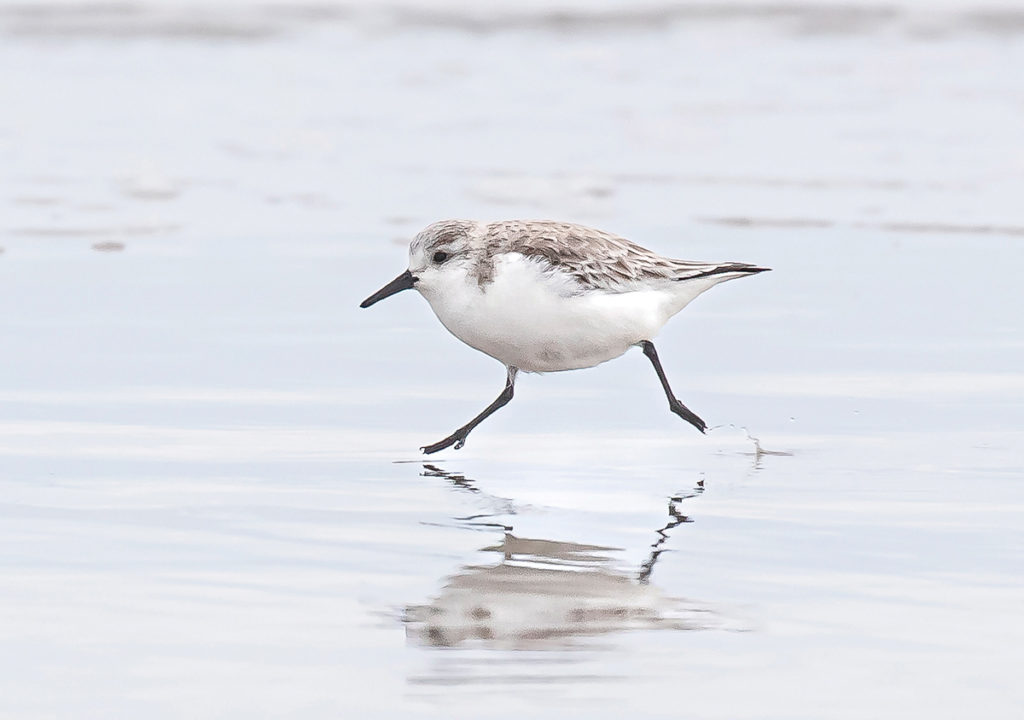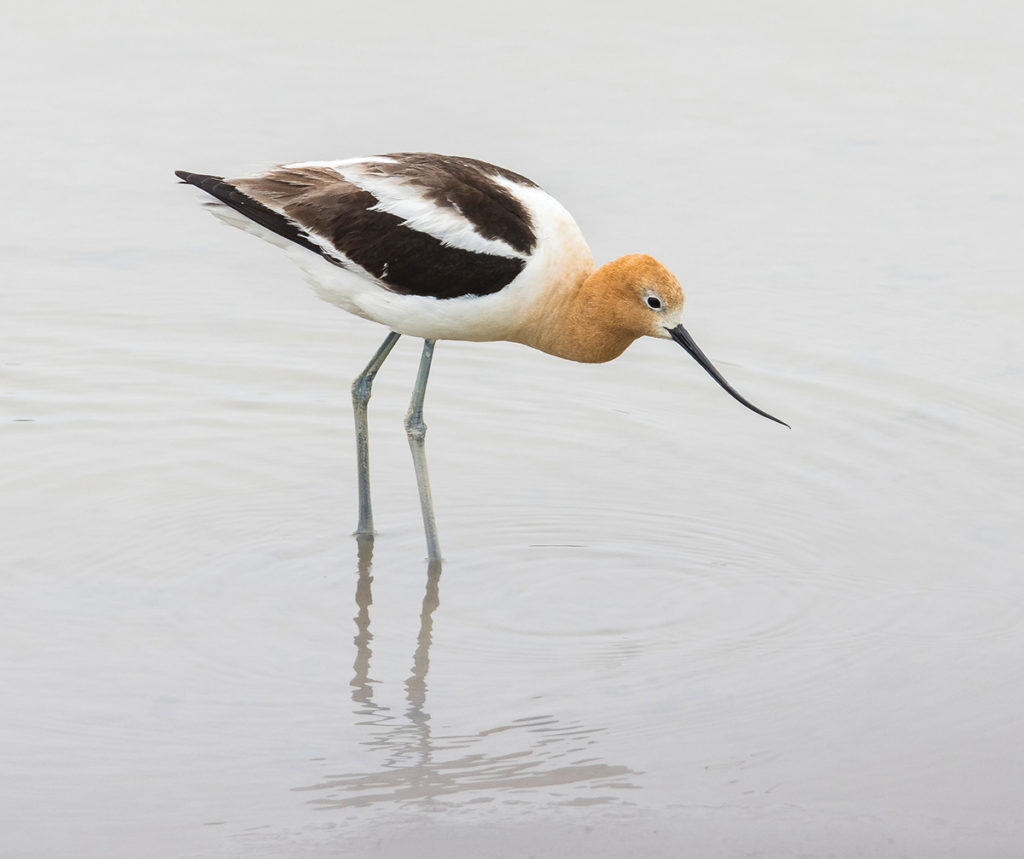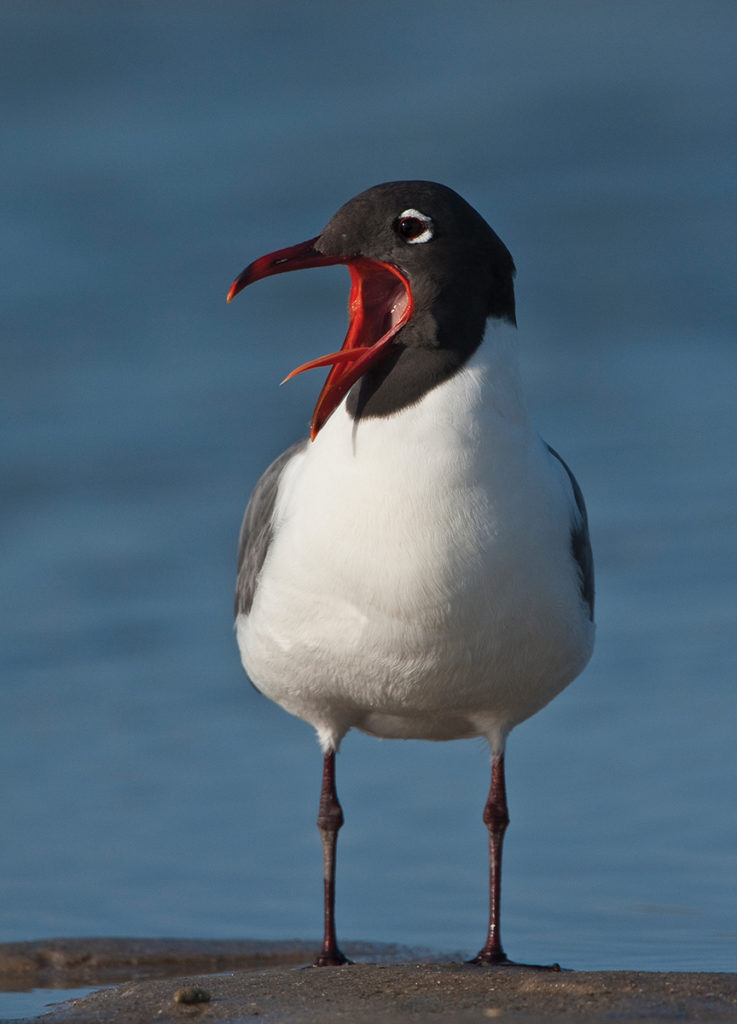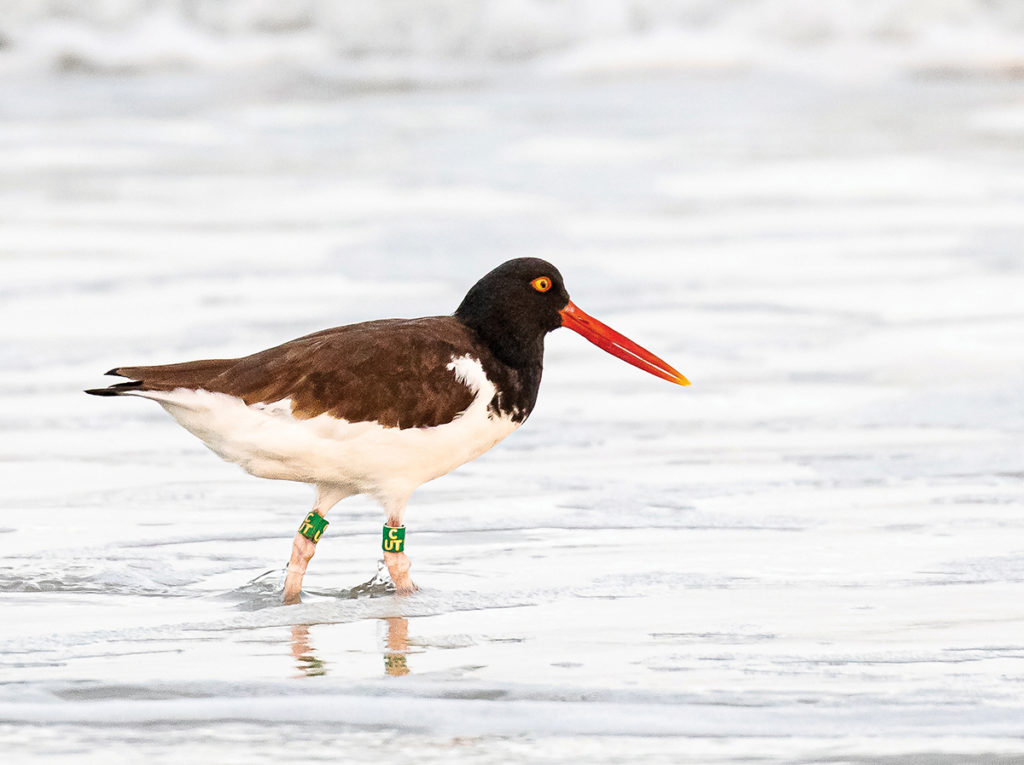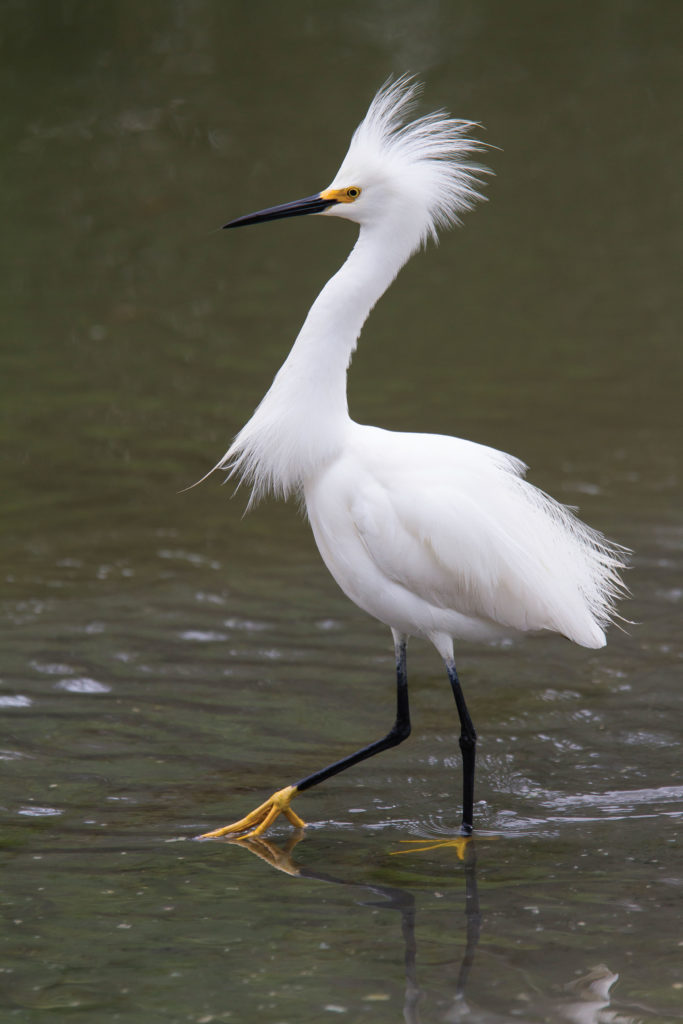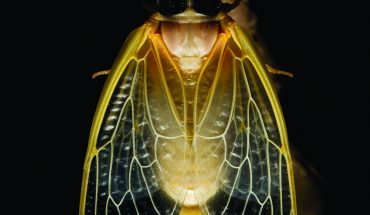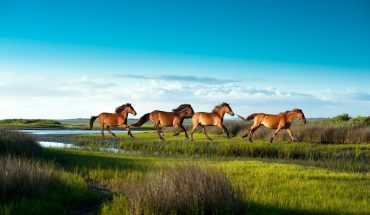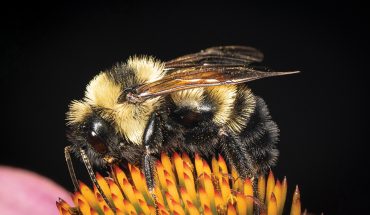It’s a bird! It’s a plane! It’s… actually, it really is a bird. Learn how to identify the fine feathered friends you’ll see on your next trip to the coast.
Words and photography by Mike Dunn
We’re lucky to have so many wonderful beaches in our state. And the same things that draw us to the coast — the ocean, sky, wind and long stretches of sand — make it a haven for many other fascinating life forms. Among them is a wide variety of coastal birds. My fascination with these animals began when I worked as a district naturalist with North Carolina State Parks. My territory included the eastern third of the state, with such coastal gems as Hammocks Beach, Carolina Beach and Jockey’s Ridge. Part of my job included resource management, like protecting colonial waterbird nesting sites on various beaches and spoil islands (the land built up by dredging canals), where many birds nest in groups ranging in size from a few pairs to thousands.
One of my great thrills was cooperating with some research conducted by Dr. James Parnell out of the University of North Carolina Wilmington that involved banding Brown Pelicans and Royal Terns with small metal leg bands. Our research permits gave us access to island nesting sites that were generally off-limits to the public. Being surrounded by hundreds of birds in order to help conserve them is something I’ll never forget.
Now, every time I visit the coast, I enjoy watching and photographing the many birds that make it their home. Most beachgoers have watched at least a few of the more common species. The wind-up toys of the beach are the Sanderlings, known for scurrying back and forth with the waves as they probe the sand for food. They can be seen any time of year, though there tend to be more in winter than summer. They do not nest here; rather, they breed in the Arctic, then migrate 2,000 to 6,000 miles to their wintering sites, including our coast.
Often seen with Sanderlings on the beach are Willets, which are larger, grayish shorebirds that flash bold black and white under their wings when they fly. Willets are noisy (their pill-will-willet call is often heard as they fly), and they are one of the few shorebirds that nest in North Carolina. They often feed at the edge of the surf zone, grabbing delicacies like Mole Crabs as they move back and forth in the waves.
Gulls are another noisy beach bird — and if you leave your food unattended, one may swoop in and steal a snack off your towel. One of the most common is the aptly named Laughing Gull. It’s easily recognized by its black hood (its breeding plumage) in summer and has a distinctive laugh-like call, often accompanied by a vigorous head toss. Egg and feather hunting in the late 1800s nearly exterminated Laughing Gulls from their nesting colonies in the northeastern United States, but protections like the Migratory Bird Treaty Act of 1918 helped this and many other species to recover. Today, Laughing Gulls may be the most abundant breeding coastal bird along the U.S. East Coast.
It’s hard not to notice Brown Pelicans. These large birds have wingspans reaching 6.5 feet. Plus, they have some eye-catching behaviors, like diving headfirst from heights of 20 to 60 feet above the ocean to gulp fish in their enormous expandable throats (called the gular pouch) or gliding over waves with ease, often in a group in an undulating line just above the water. By the way, their bill really can hold more than their “belican” (that’s “belly can”) — three times more, in fact! This is another of our coastal birds that suffered tremendous population declines, this time in the mid-1900s from high concentrations of pesticides that entered the marine food web. Brown Pelicans were placed on the Endangered Species List, but with protections and the banning of certain pesticides, populations are doing well, with an estimated 4,000 to 5,000 nesting pairs now in our state.
A Black Skimmer is black and white, with a unique knife-like bill in its lower mandible that is longer than the upper one. This unusual beak has its advantages: A skimmer finds food by gracefully flying low over the water with just its lower mandible slicing through the surface. When it hits something like a fish or shrimp, the bird’s head lowers and the bill snaps shut to secure the prey. Skimmers nest on bare sand flats, often with groups of terns and plovers. Many of the birds that nest in these areas are facing population declines from habitat loss and human disturbance, such as when people and unleashed dogs wander through nesting grounds.
American Oystercatchers also sport some bold colors and have a knife-like bill. They are waders, seen at the beach or, more commonly, in the mud flats on the sound side, where they use their bill in a very different feeding strategy. They are one of the few birds that specialize in feeding on saltwater mollusks like oysters. An American Oystercatcher will stab its flattened bill into a partially opened oyster and sever the muscles that hold the shell together so it can then eat the inner parts.
While camping this spring on Masonboro Island, we spotted some American Oystercatchers with color-coded leg bands. The bands can be read through binoculars or from a photograph (unlike the small metal leg bands from my early banding days), and you can enter the data on the American Oystercatcher Working Group website to discover when and where each of the birds was banded and has been observed in the years since. One bird I saw had green bands with the letters CUT. It turns out it had been banded there on Masonboro Island six years prior. It flies to the same location in Florida every winter, a distance of 460 miles, before returning in the spring to this same island.
Along with oystercatchers, you may see a lot of other interesting birds on the sound side of your beach location. Large white waders will be Great or Snowy Egrets or White Ibis feeding in the marshes; a larger grayish bird could be a Great Blue Heron; overhead you might see an Osprey hovering before a feet-first dive for fish. And if you happen to be near Pea Island National Wildlife Refuge on the Outer Banks, keep an eye out for two of my favorite small waders: the Black-necked Stilt (they have the second longest legs in proportion to body size of any bird — only flamingoes are greater) and the American Avocet (you may see them wading in shallow water, swishing their upturned bills from side to side to capture aquatic invertebrates).
Take some time to observe your fellow feathered beachgoers on your next beach trip — the more you know about them, the more you’ll want to protect them. A few ways to help: respect nesting area closures, keep your pets leashed and don’t litter. Your efforts will help ensure we can enjoy our amazing coastal birds far into the future.
__
This article originally appeared in the August 2022 issue of WALTER Magazine.

